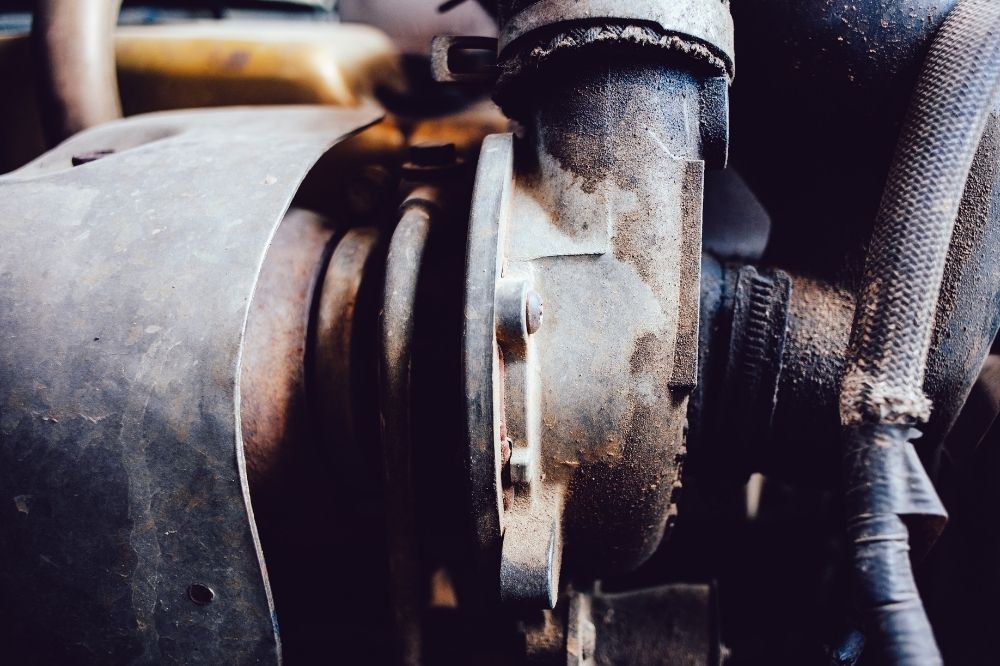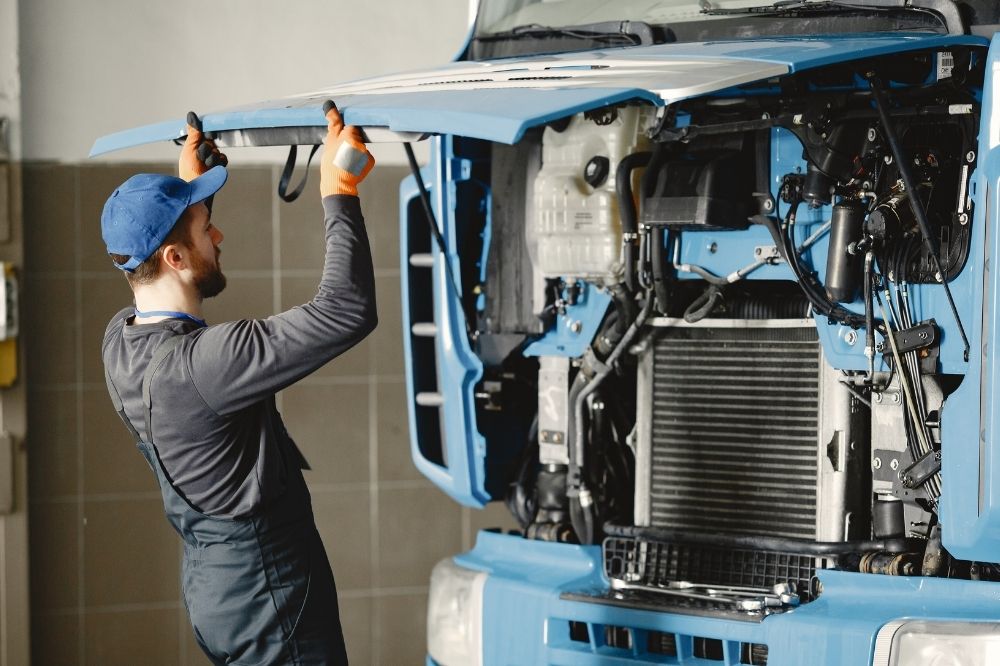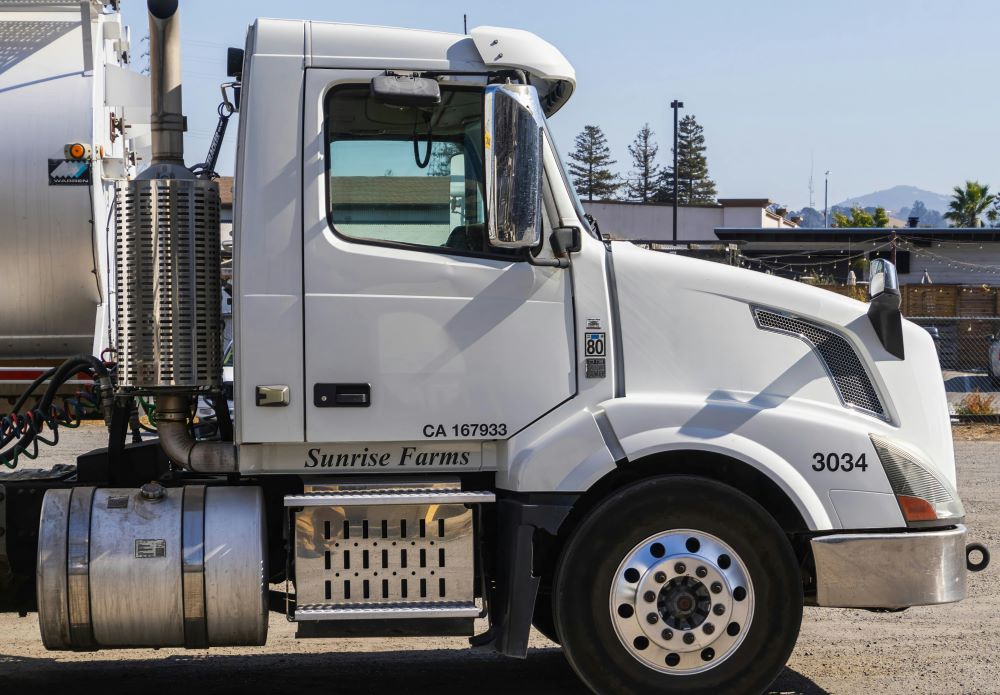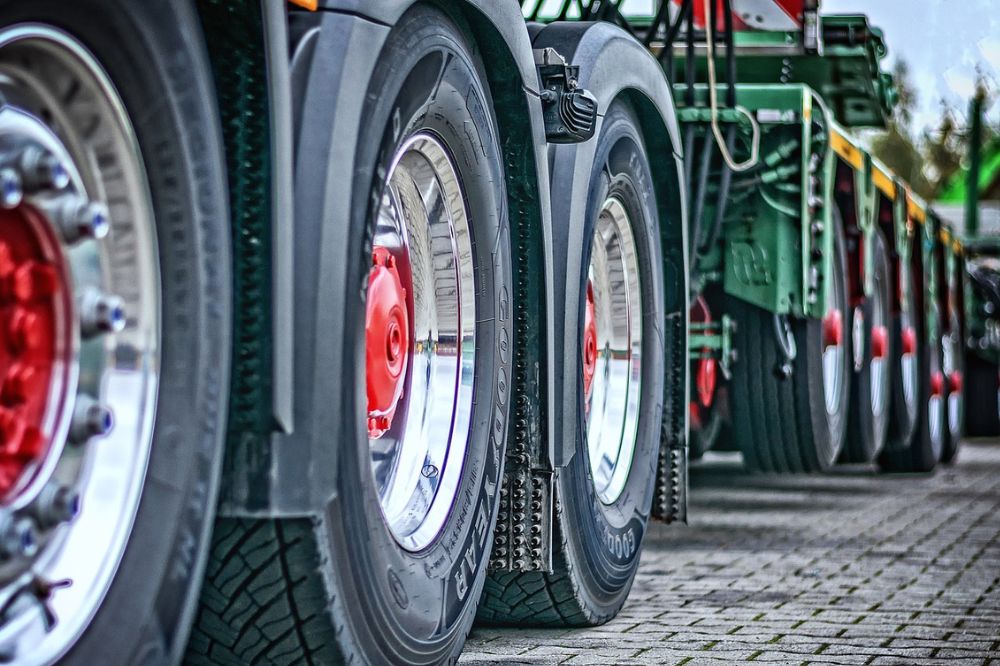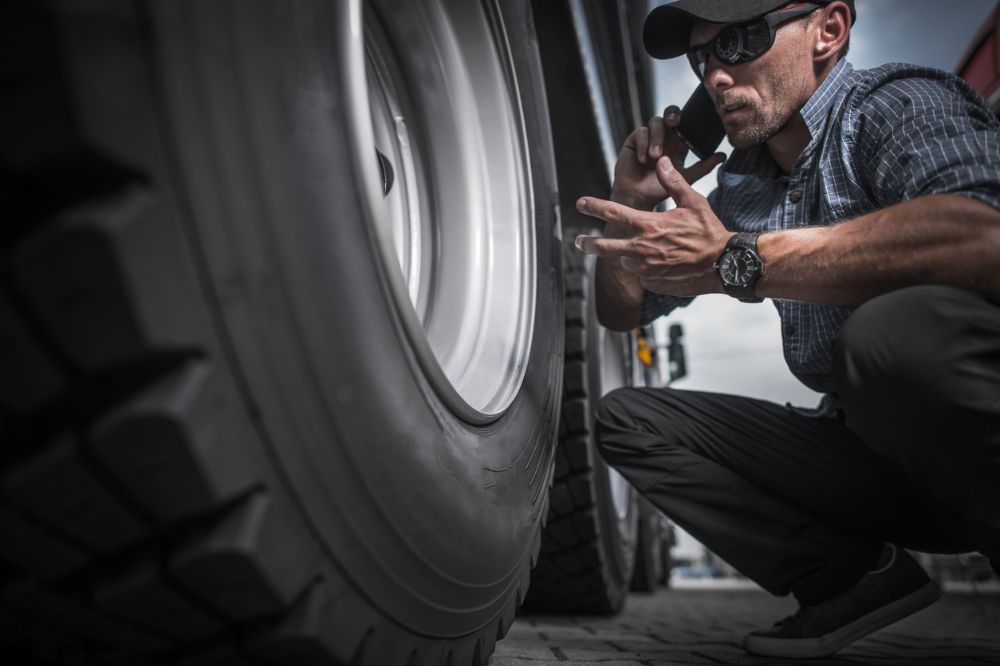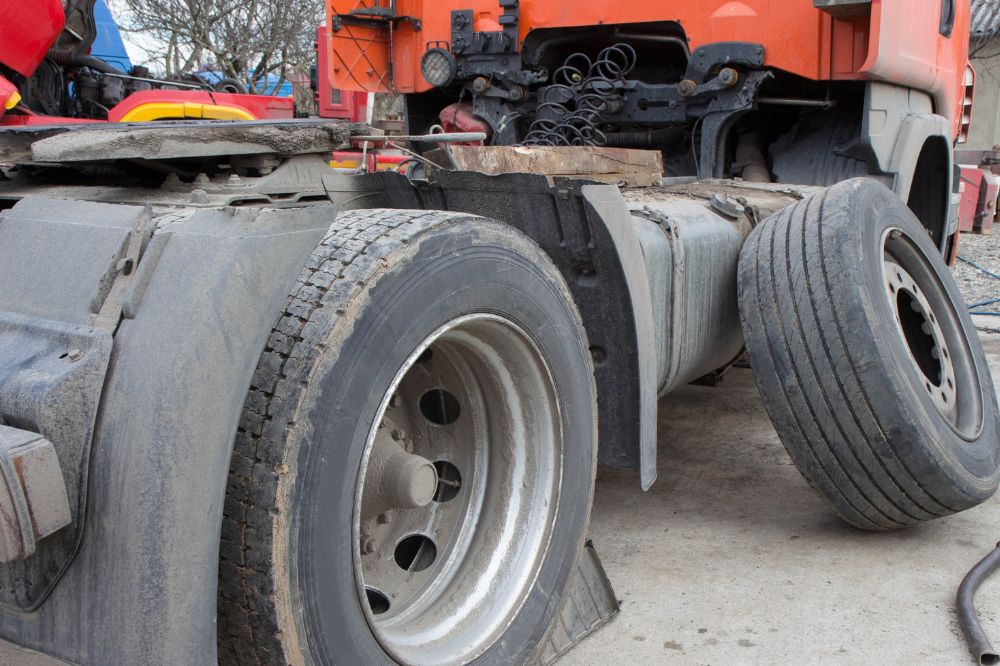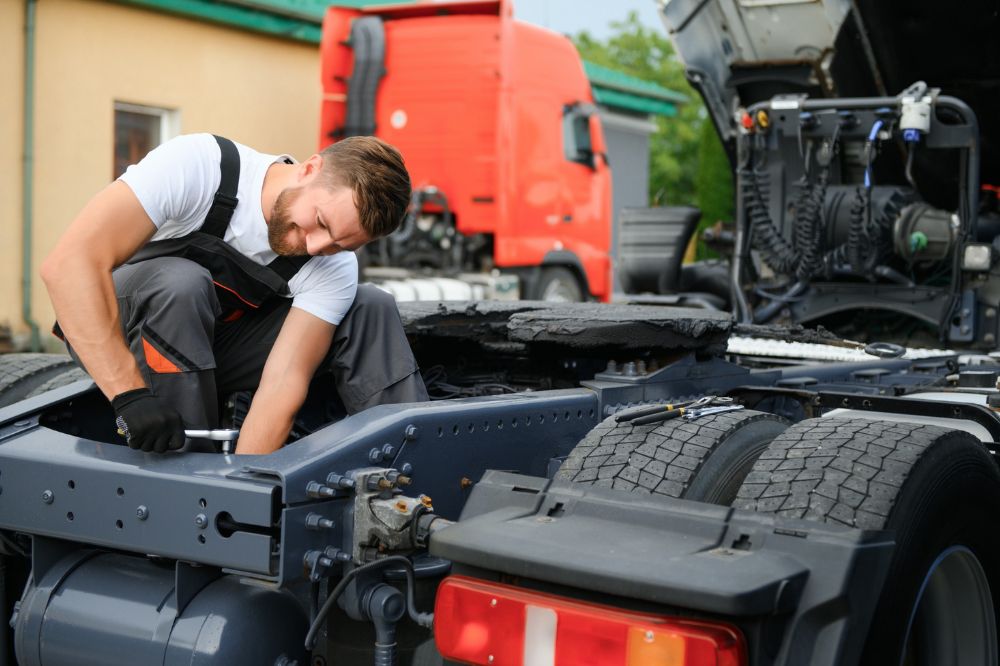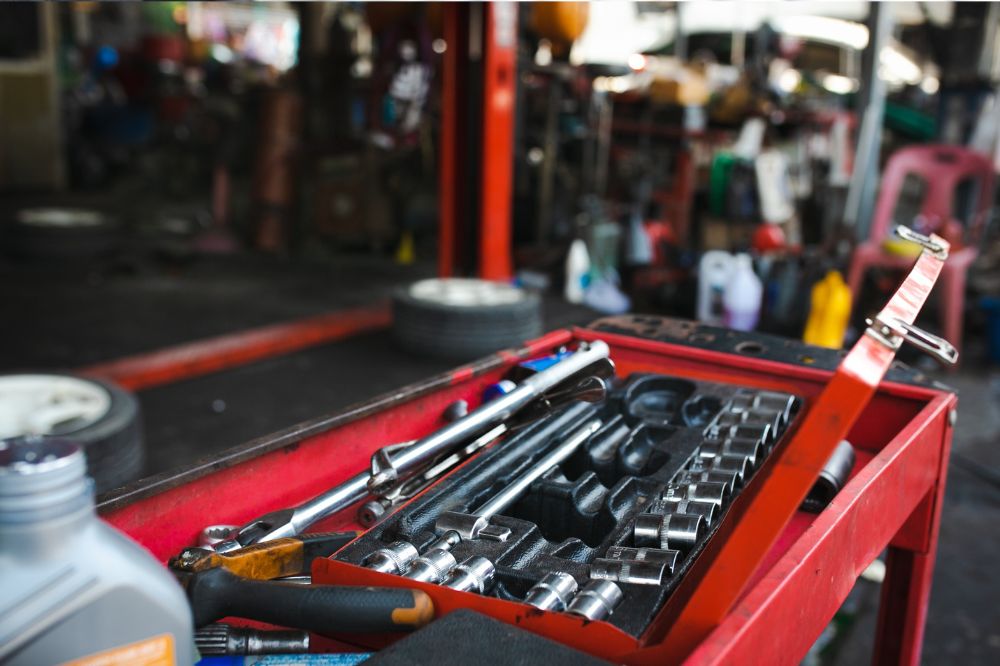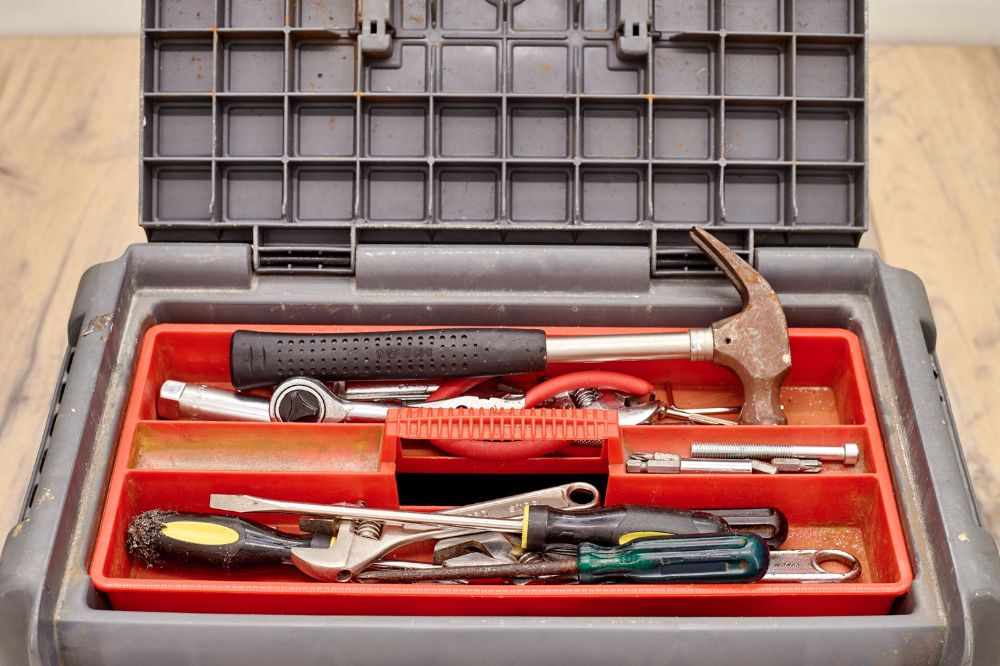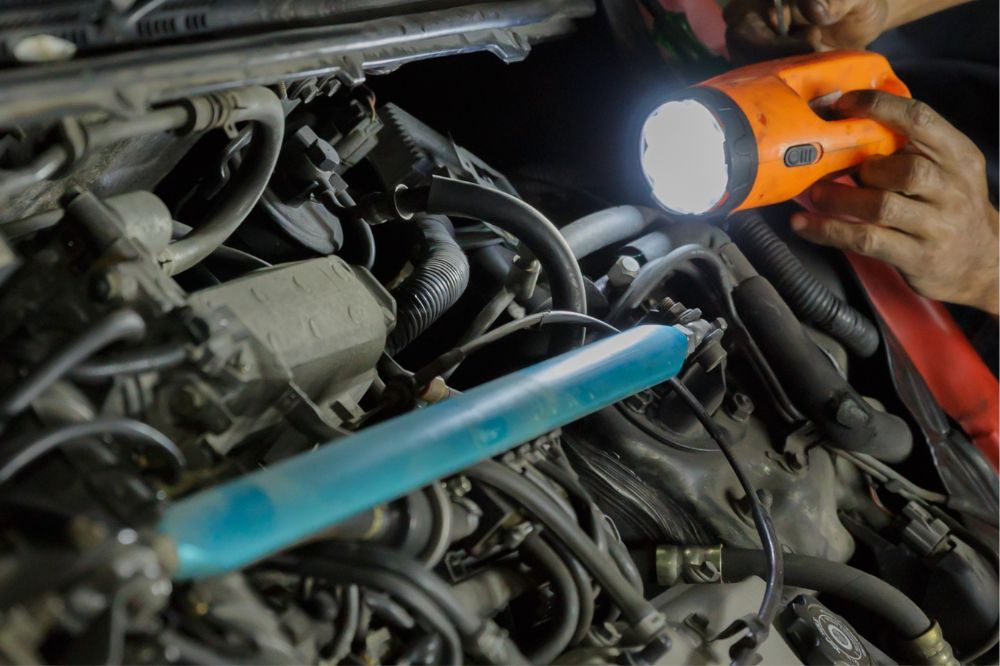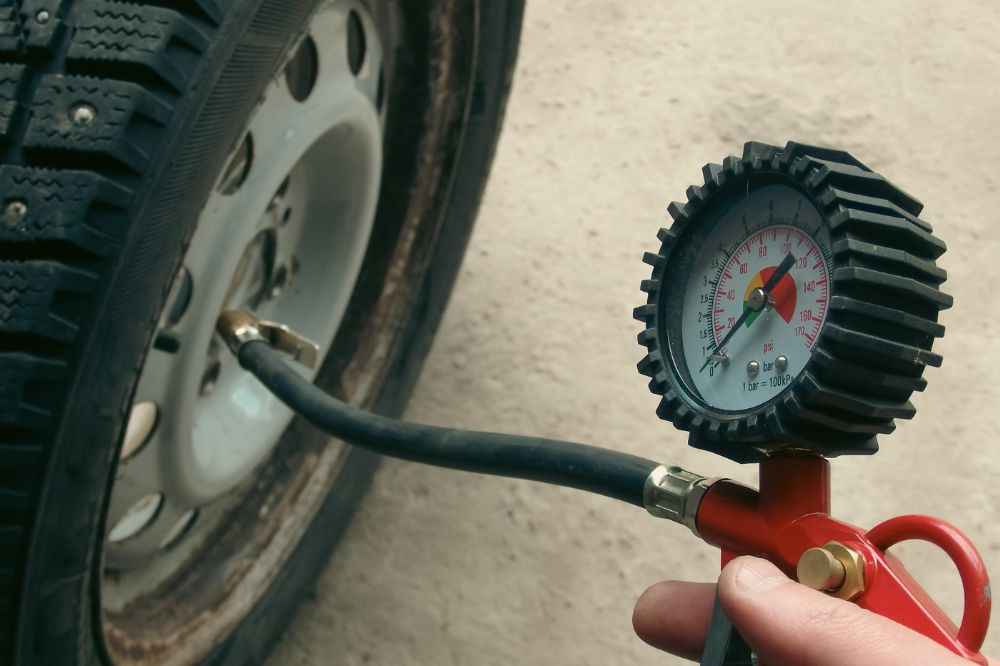
Your engine is the lifeblood of your semi-truck. If it’s not working optimally, your vehicle’s performance decreases, and this can bring your trucking operations to a standstill.
Regular engine repairs keep your semi-truck engine running fine. But, sometimes, an engine overhaul is necessary to minimize losses from frequent maintenance and maximize your truck’s operational efficiency so your business thrives.
What does a semi-truck engine overhaul include, and when should you consider an overhaul? Here’s everything you need to know about semi-truck engine overhauling, including the best ways to approach the entire process as a fleet manager or owner-operator.
What Does a Semi-Truck Engine Overhaul Include?
Semi-truck engine overhauling is a comprehensive process for repairing or renewing all the essential parts of a semi-truck’s engine. The entire process aims to restore the engine to its optimal original functioning.Unlike engine repair, where mechanics check and maintain only the damaged parts, a complete semi-trailer engine overhaul includes four key steps:
- Disassembling and inspection. The first step involves removing the engine from the semi-truck, dismantling it, and inspecting each part for any signs of damage or wear. Any worn or damaged components get repaired or replaced, depending on the extent of the damage.
- Cleaning. After inspection and repair, qualified mechanics use specialized tools, including ultrasonic cleaning devices and high-pressure hoses to clean the engine thoroughly, removing any accumulated debris or dirt.
- Re-assembling. Once clean, mechanics put the engine back together with all the new or refurbished components.
- Testing. The last step of the semi-truck engine overhauling process involves testing to ensure the reconstructed engine operates correctly, according to the original equipment manufacturer’s recommendations.

When to Overhaul Your Semi-Truck?
Engine problems are expensive to repair. They also worsen with time and can undermine your safety on the road. Here are some tell-tale signs of common engine problems indicating your engine could use a complete overhaul
Crossing Mileage of 1,000,000 miles
If you haul heavy loads frequently and your truck’s engine is nearing the 1 million miles mark, consider a major overhaul as preventative maintenance. Most heavy trucks require mechanical attention to stay safely operational once they reach high mileage limits.
Reaching the 1 million miles mark is significant for any vehicle. Beyond this point, a large truck’s engine is more likely to develop issues such as vacuum and oil leaks if its components are not routinely maintained.
Performing a major overhaul at this stage is a wise move to revitalize your truck and keep operational costs low in the long run.
Rough Running Engine
Healthy engines are not silent. However, loud noises from under the hood signal your semi-trailer needs service. Unfamiliar noises indicate problems with various parts of your engine.
For example, a whistling sound may mean the hose on your semi-truck engine’s cooling system has cracks. A whirring sound signals problems with your existing engine belts, and continuous tapping, clicking, or ticking shows your valves or pistons aren’t working well.
The most cost-effective way to handle rough-running engine problems is to conduct a major overhaul when you hear an unusual engine noise. A proper semi-truck engine overhaul will eliminate all the rough-running engine issues at once.
Large Metal Particles in Filter Pleats
If you conduct an oil filter test during your regular maintenance activities and notice large metal particles in the filter pleats, an engine overhaul may be necessary to prevent catastrophic failure.
Often, such metal shavings indicate wear and tear on parts of your engine that undergo a lot of friction, like the camshafts, bearings, pistons, and rods. You may need the help of expert technicians to perform further lab analyzes and inspections to assess the gravity of the problem.
Foam on the Dipstick
A light-colored form on the dipstick shows there’s water in the oil. If this is so, chances are your gasket head is leaking. Or, your engine block has a crack. It’s advisable to perform an engine overhaul to repair the problem on time and avoid further issues.
Decrease in Oil Viscosity
Decreased oil viscosity is a sign of oil dilution, which lowers engine efficiency. When your oil viscosity is too low, its sealing performance decreases, and the cylinder leaks easily. This reduces the engine’s power and can cause the exhaust gas to get into the crankcase, leading to more costly repairs.
To test your oil’s viscosity, put an oil drop on a piece of cardboard and watch how quickly it spreads. The faster it spreads, the more dilute it is. And, the more diluted the oil is, the more wear your vehicle will experience and the quicker you’ll need engine repair.
Burning Oil Smell
A burning oil smell is a sign your engine oil is overheating. If you notice this, take your truck to a qualified mechanic with the right tools for proper engine repair.
Cylinder Compression Is Low
Compression loss occurs because of leaks in one or more of your engine’s cylinders. This causes misfiring and decreased performance. The best solution is to replace all the leaking components. These could be the piston, head gasket, camshaft, or valves. And there’s no better approach than a complete engine overhaul to ensure all parts are in the best condition.
Exhaust Emitting Heavy or Blue Smoke
Blue or dark gray smoke from your exhaust pipe means your semi-truck engine is burning oil with the fuel in the combustion chamber. It indicates excessive wear on some engine components, including the piston rings, PCV valves, and valve seals. Serious engine work involving various parts replacement is necessary to improve your engine’s performance.

Ways to Carry Out a Semi-truck Engine Overhaul
There are two main approaches to semi-truck engine overhauling:
1. Seek Commercial Engine Overhaul Services
You can take your semi-truck to a repair shop where qualified mechanics and technicians will work on it. There are two types of repair shops to consider: certified and non-certified.
Certified repair shops offer top-notch engine services using original, high-quality systems and parts. While the cost of engine repairs at these shops is higher, the investment is worth it for the quality and reliability.
On the other hand, non-certified shops provide cheaper repairs, but the risk is greater. These shops don’t adhere to the same standards as certified ones and may use subpar parts and offer inferior services.
2. Purchase Overhaul Kits and Do-it-yourself
Most fleet managers prefer seeking professional help from commercial semi-truck engine overhaul services. But as an owner-operator, you can purchase an overhaul kit and do it yourself, especially if you’re comfortable working with engines or know someone well-versed with the equipment and overhaul process. It’s a more cost-effective solution.
Final Thoughts
Remember, preventative maintenance will always be better than cure when handling your semi-truck’s engine. A well-maintained engine saves you from costly repairs, making a huge difference in your profit margins and overall business operations.
Consider incorporating an annual engine overhaul into your regular maintenance schedule once your truck surpasses the 1 million mile milestone. However, always consult with a trusted certified mechanic to determine if an overhaul is necessary, as engine aging varies. Some engines may continue to run smoothly beyond the 1 million mark, especially if they have been well-maintained.
If you need help financing your semi-truck repairs, get in touch with us. We offer affordable commercial truck repair loans and can customize our options to suit your specific situation.



